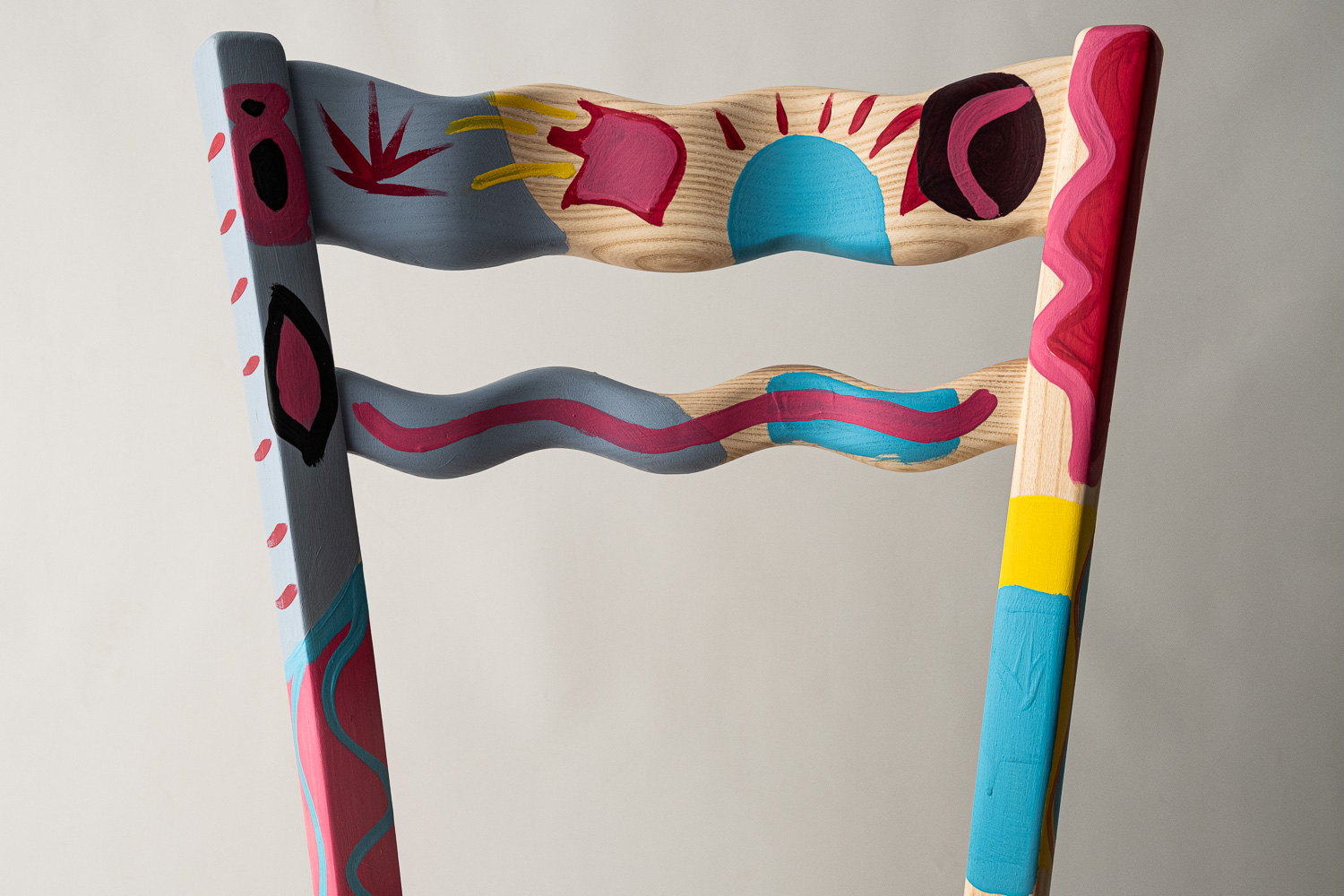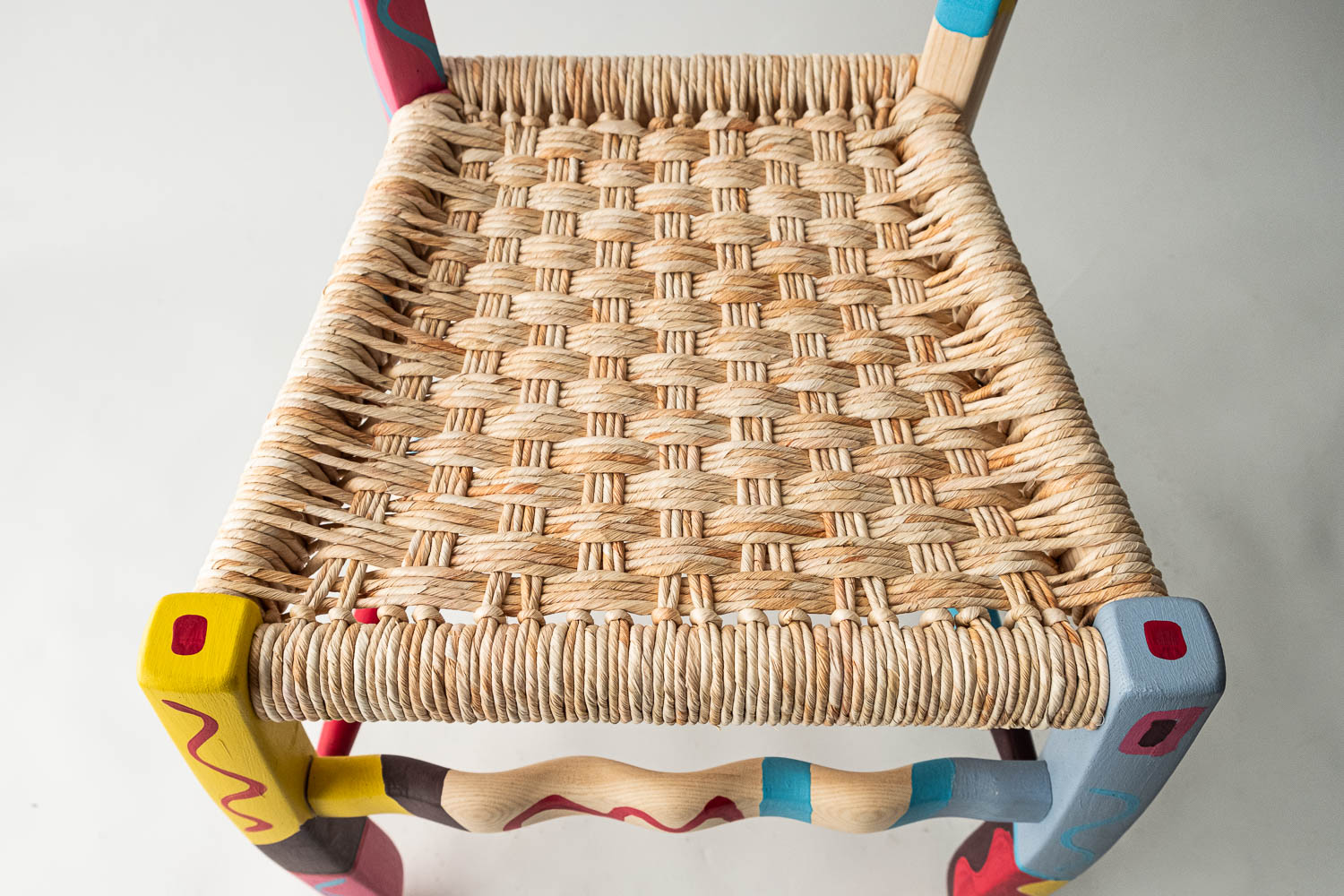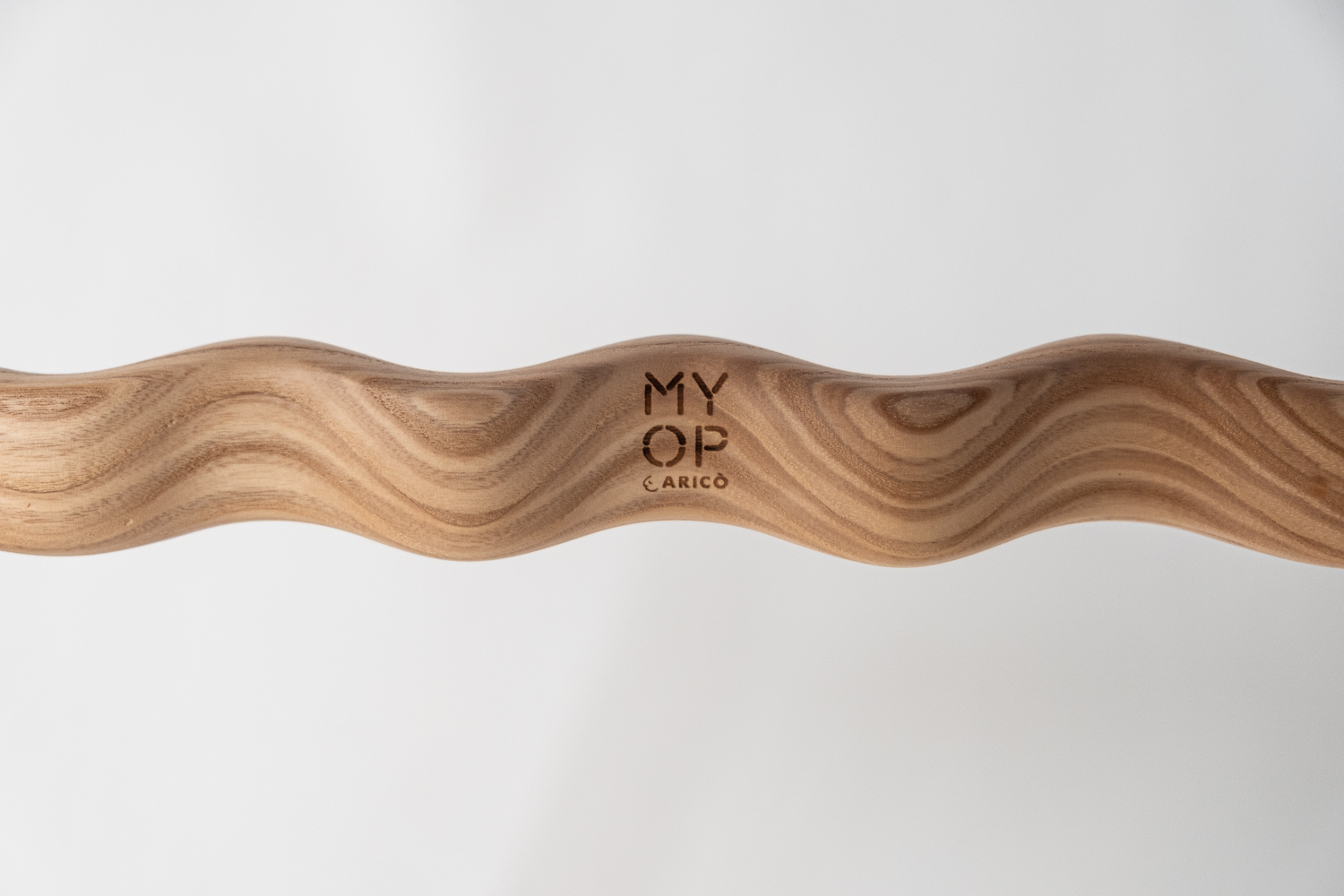The Mediterranean we were waiting for
By The Design Cut (Paolo Casicci, Laura Traldi)
When, in 1987, Predrag Matvejevic came out with the wonderful Mediterranean Breviary , a never-before-stated truth suddenly became evident: to emerge he needed a book halfway between essay, pilot book and emotional testimony. That truth is that among trades of merchants, migrations of eels, flight of peoples, legends, architecture, knots and fishermen’s nets, stories and landscapes, the Mediterranean is not just geography. In the words of Matvejevic himself, “its borders are neither defined in space nor in time. We do not know how to determine them and in what way: they are irreducible to sovereignty or to history, they are neither state nor national. Europe was conceived on the Mediterranean “.
With a leap of scale and coordinates, we now land in the glittering world of design: there is a Mediterranean of design, a vocation, an attitude to imagine and build spaces, decor and furnishings that are the result of that multiethnic koiné in which the sign of a civilization, but in which at the same time a kaleidoscopic and multiform variety of peoples, languages and rituals is reflected? And, again, if all this exists, can there be a commercial vocation?
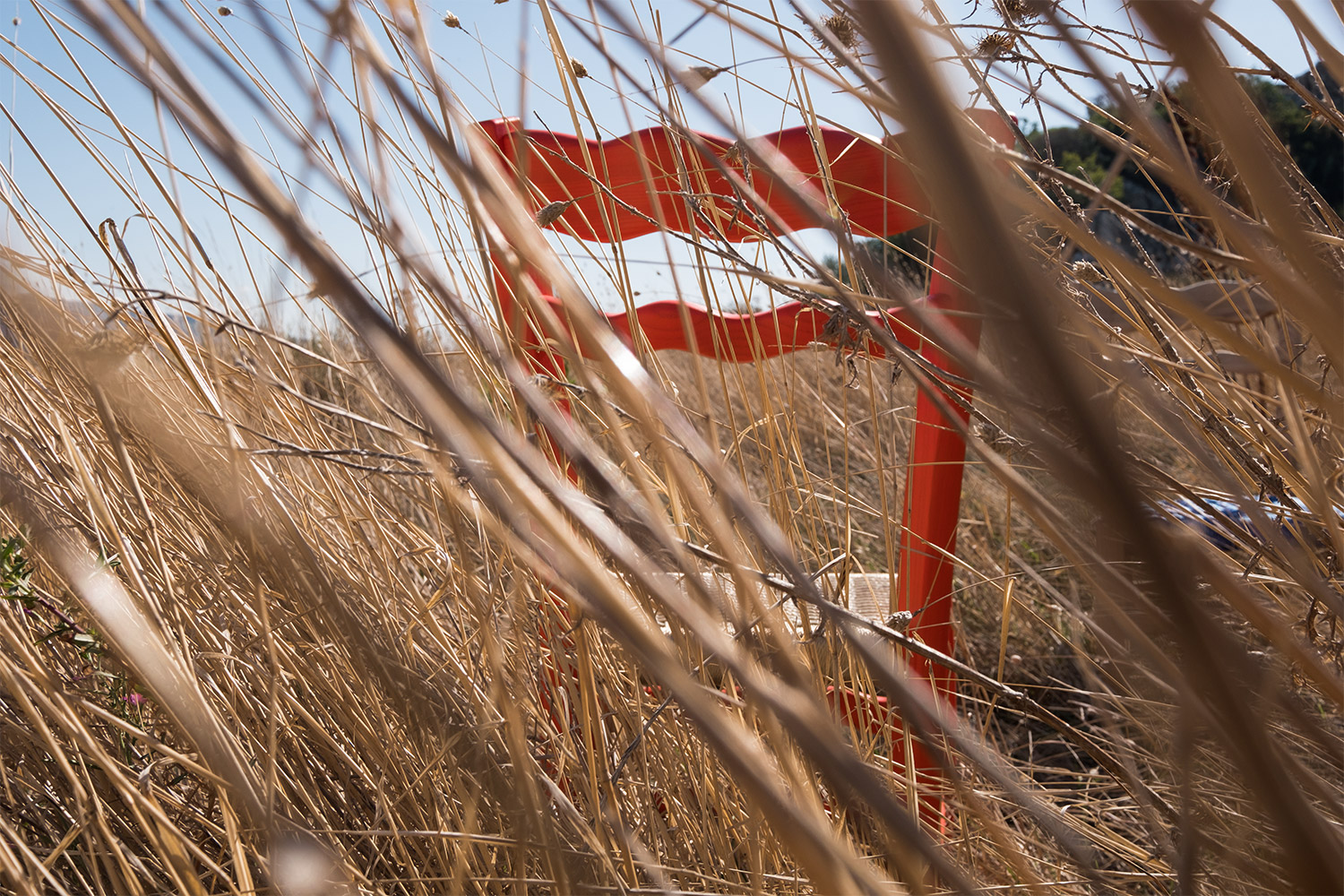
If the juxtaposition between the word design and the Nordic adjective does not surprise anyone, and everyone immediately understands why a concept like hygge is typically Scandinavian, talking about Mediterranean design, on the other hand, always leaves you a bit stunned. It is a definition that, although accepted in architecture, creates almost embarrassment when it lands in furniture. All the more reason, when you then try to give it a commercial purpose, it is easy to cross over into the slippery category of ethnicity. But as often happens, the mistake is in those who seek. Because it is wrong to think of finding in the mare nostrum a design such as that expressed by international and Nordic culture, when instead the Mediterranean design “breviary” refers to a completely different world: that is to one that mixes vernacular origins with great wisdom, almost innate of knowing how to do with an innovative outlook; which combines design with the art of getting by, typical of those who grew up in these territories and from which even the great masters, from Enzo Mari to Gio Ponti, have drawn on, declining it in cultured and elevated forms. A world of unconscious archetypes and icons, born from the hands of millions of artisans who still now have so much to say and offer and are waiting for nothing more than to be taken by the hand and led towards new design horizons. And, indeed, of the market.
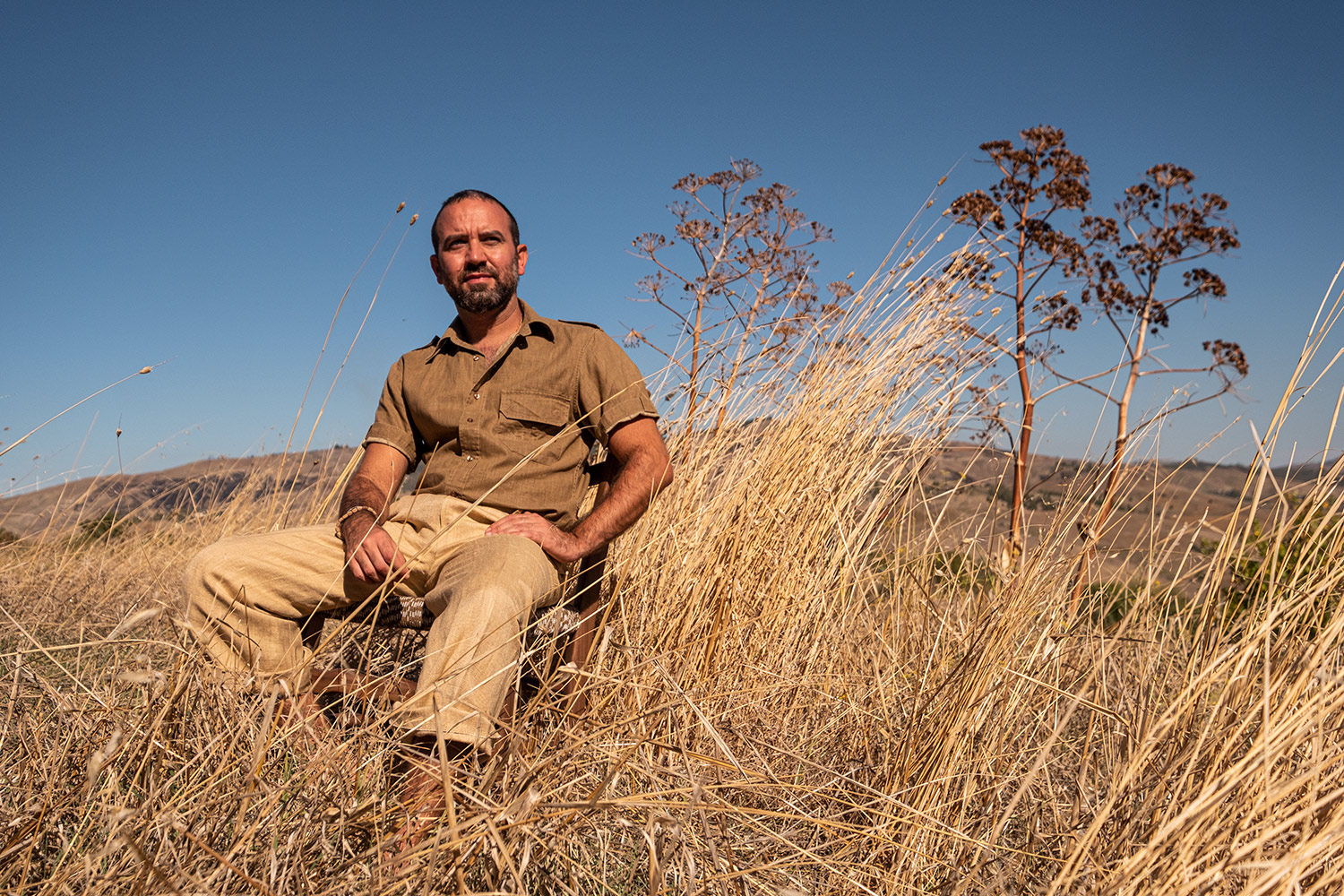
It is with this cultural, project and commercial horizon very clear in mind that here at Edit Napoli (what better scenario, to talk about design and the Mediterranean), two exemplary events of what is and it can become the “Mediterranean design”. On the one hand, Antonio Aricò, who made a singular figure and a recognized and recognizable style out of his mestizo, international and vernacular research at the same time, spent between Reggio Calabria and Milan, between “roots and wings”. On the other hand MYOP, a Sicilian brand created to network small Sicilian artisan shops in the development of design projects that know of traditions, of the earth, but full of a design direction devoted to contemporaneity (which derives from the origin of this company, born as excellence in steel processing). On the one hand, therefore, authorship, on the other a network of workers and expertise capable of offering poetry, personal contact and know-how.
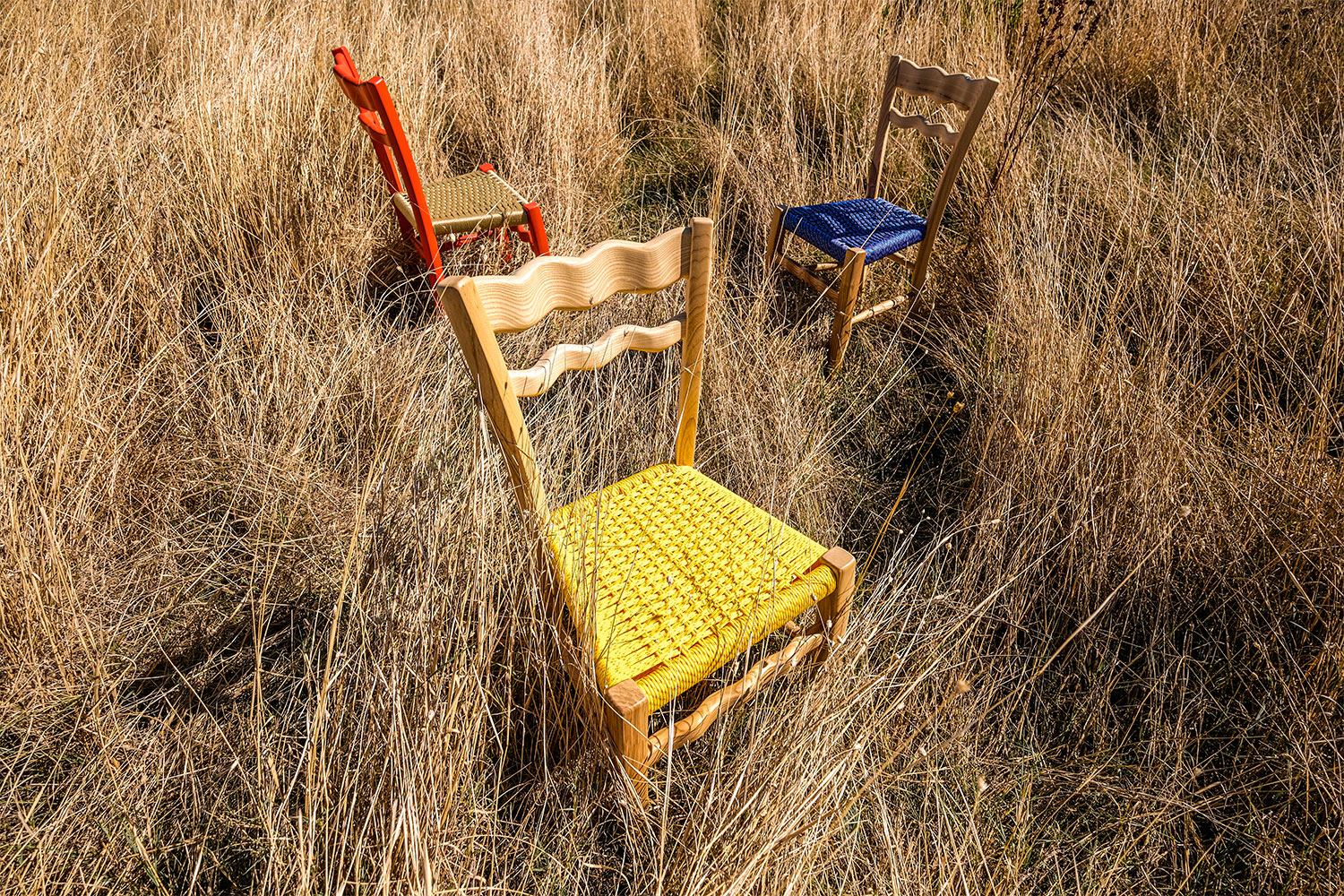
A Signurina e U Signurino, the collection of chairs and tables that arrives here in preview at Edit Napoli designed by Antonio Aricò for MYOP, is therefore the result of the ambition to translate centuries of unconscious design into contemporary design with a commercial destiny. The effort, also and above all emotional, which becomes a fairy tale. Like a fairytale, perhaps one of the most beautiful in the history of design, is the one that takes place when an author takes a craftsman by the hand, which is the know-how of Made in Italy, was the fortune of design during the boom years and it can also be for the Mediterranean one.
The chairs and tables by Aricò and MYOP start from an archetype and interpret it with irony and lightness. These are the chairs and tables on which millions of women, men and children ate, rested, played and made love. Free icons, unaware, that geographies decline with different names, peasant, Venetian, rustic, peasant. And which today enter the world of design bringing the history of millions of hands, materials and local traditions. Stories of women who weave straw, of carpenters who enhance the grain of the ash while keeping them visible, of lava stones, of trekking ropes and Sicilian puppets, of majolica and patterns. They are Sicily and Greece at the same time, but also Africa and the Middle East. They are the Mediterranean’s dream of finally having its own design.
